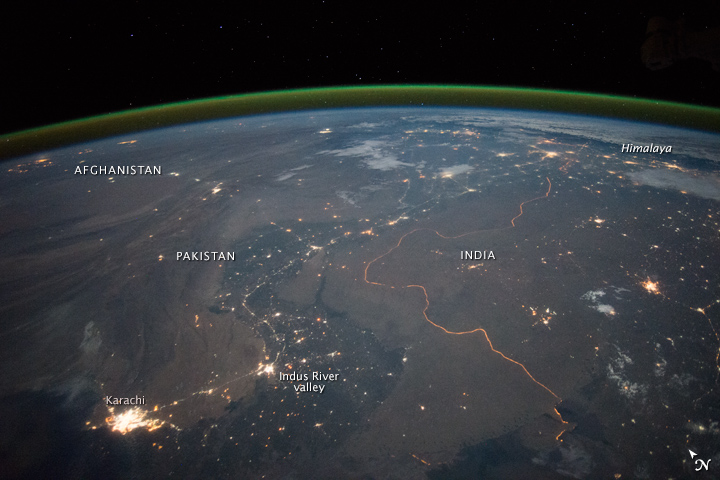Conservation experts have long warned that President Donald Trump’s pet border-wall project between the United States and Mexico will disrupt countless species and even drive many into extinction.
But Trump’s border wall is not alone. Similar structures and development on the lands between nations threaten biodiversity around the globe, according to a new paper published in the journal Trends in Ecology & Evolution.
The research — by a trio of scientists from China and Singapore — calls these “transboundary frontiers” an “emerging priority of conservation.” It recommends renewed coordination between neighboring countries to protect the plants and wildlife whose habitats and migrations straddle or cross any manmade lines on a map.
As the paper points out, transboundary areas are often home to an amazing array of wildlife that depend on the ability to cross from one country into the next at some point during the year in order to find food, water, shelter or mates. “For example,” the authors write, “over 62% of mammal species in the Americas host populations which span international borders, and at least 76% of African elephants (Loxodonta africana) are transboundary populations.”
But these border areas have also become home to a growing number of structures and threats such as fences, wall, roads, military operations, landmines and railways that bisect habitats or kill animals. These frontiers also often end up being legal frontiers, with different levels of environmental protections on either side of a border that can complicate governance and conservation efforts. That, the authors write, is one reason why so many boundary areas are also hotspots for international wildlife trafficking.

Ironically, some borders also serve as biodiversity reservoirs that protect species in one nation after they’ve disappeared in another. Gray wolves (Canis lupus), for example, persisted in Finland after being wiped out in Sweden and Norway, and they’re now repopulating those countries more than 60 years after their extirpation.
And certain borders prevent some poaching and trafficking. The researchers point the case of the Asiatic wild ass (Equus hemionus), which is heavily poached by hunters in China but “effectively protected in Mongolia” by border fences that prevent human crossing.
But in most cases, these structures and systems have proven detrimental to wildlife, either by killing them or fragmenting their habitat and populations. “Reduction in food, water and mating resources can drive a rapid population decline after the construction of border barriers,” the authors write, citing multiple studies — including several that already show species population declines as a result of border-wall construction between the U.S. and Mexico.
And the slate of massive development projects currently underway will only make things worse. Most notably China’s Belt and Road Initiative will carve out new infrastructure in 72 countries and through an almost incalculable number of species’ habitats.
The solution, the writers argue, is cross-boundary cooperation and conservation agreements, which not only protect biodiversity but cost less to operate than each country behaving independently. They cite several existing examples, including cooperative efforts to improve habitat connectivity among India, Nepal and the Kingdom of Bhutan that have helped restore Bengal tiger (Panthera tigris) populations, as well as famous migration between the Serengeti National Park in Tanzania and Kenya’s Maasai Mara National Reserve that allows millions of animals to cross between the two countries every year. They also point to prior research finding that establishing a coordinated plan between 20 Mediterranean countries would cost 45% less than each country continuing to manage their own operations in an uncoordinated manner.
The researchers say several questions remain, including identifying the most important border areas for biodiversity and the figuring out the best ways to combine science and policy to benefit the widest ranges of species.
In this ever-shrinking world, and in a time when climate change threatens to disrupt borders and migratory patterns of both humans and wildlife, a push to save the wild spaces between countries seems more important than ever. As the authors write in the paper, “these border areas often represent an opportunity for the conservation of wide-ranging and migratory animals, but only if the intactness of these areas can be preserved.”
![]()



1 thought on “The Final Frontiers? A Call to Protect the Biodiversity on the Borders”
Comments are closed.